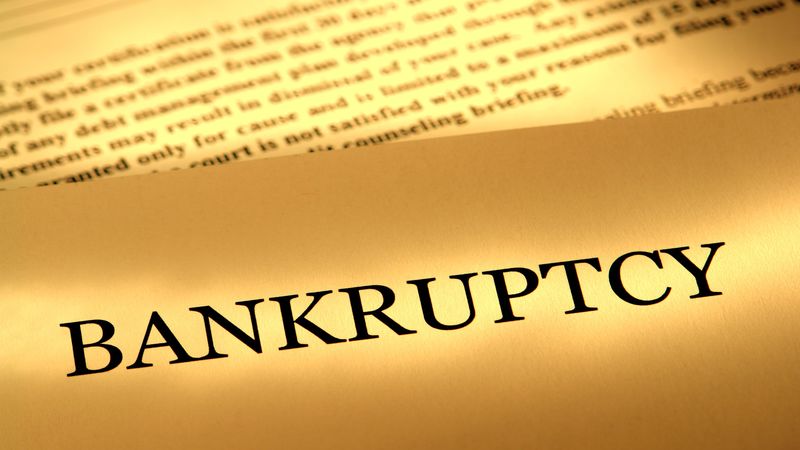Chapter 7 is one of the two most commonly filed chapters of bankruptcy. Many prefer it to Chapter 13, as it lasts a few months as opposed to a few years. On the surface, this sounds like a good idea, as the idea of dragging out a bankruptcy over a period of years doesn’t sound all that great. But not everyone can file under Chapter 7, and there are reasons why. A can provide more information, but following are the basics behind this chapter.
Bankruptcy requires that the petitioner make a good faith effort to repay their creditors. In Chapter 7, this is done through the liquidation of assets. The bankruptcy trustee sells off your valuable assets in order to recoup money. You don’t lose everything you own, however, due to exemptions that keep certain assets away from the trustee. If you don’t have many assets after exemption, you are still able to file for bankruptcy and get debt relief.
In order to file under Chapter 7, you have to meet the criteria laid out in the means test. A general rule of thumb for eligibility is if your income is under the state median income. For example, the median income for the state of Arizona is $55,000 for an individual. If you make $45,000, you are under the median and able to enter in Chapter 7 without issues. If you have assets you want to protect, you can discuss how you can retain them with a Chapter 7 bankruptcy attorney in Tulsa, OK.
The petition comes next, and you need to have your exemptions listed, a matrix of creditors filled out, and all of the schedules completed. This information is used by your trustee to determine if your debts are outstripping your ability to repay. If the trustee agrees with your need for relief, they will send the petition forward and recommend you be discharged on the set date. Once the last day of your bankruptcy has passed, you get a discharge and are free to rebuild your credit. For more information, contact Business Name.






